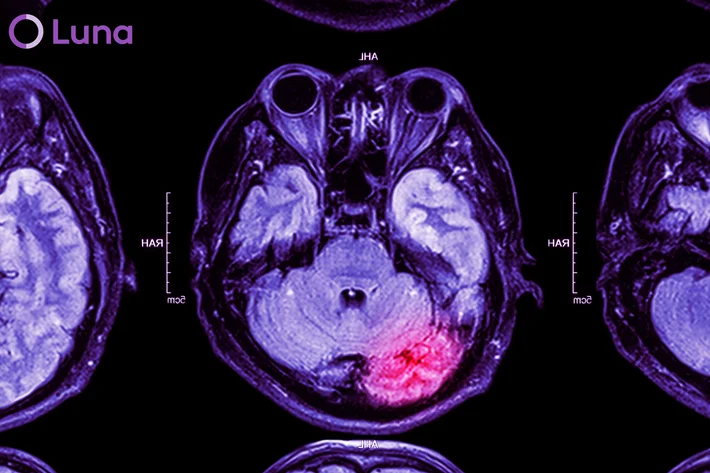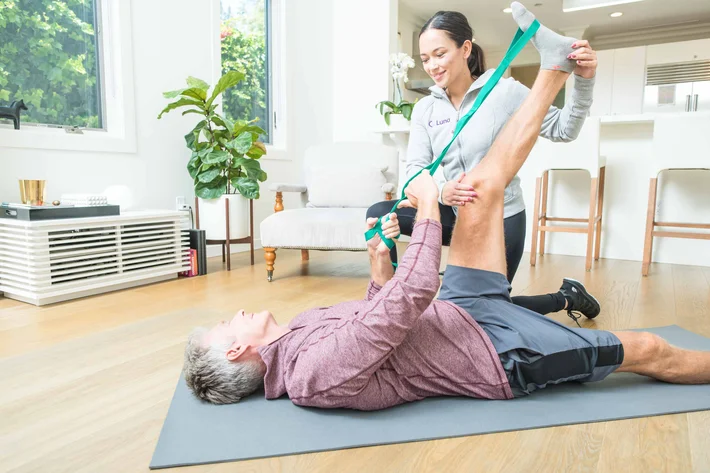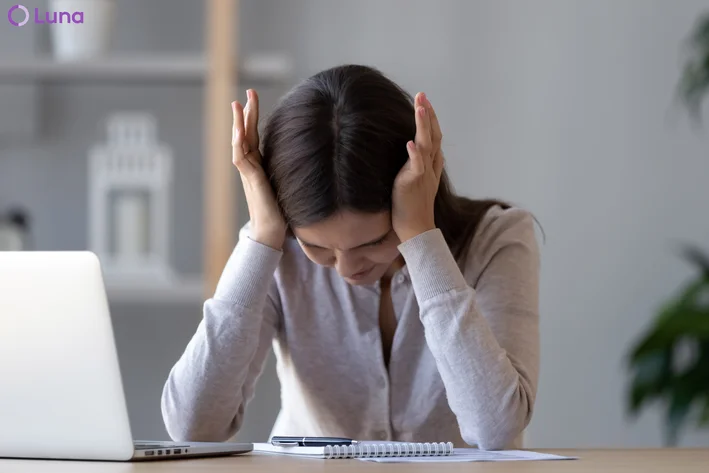![Separator]()
What causes a stroke?
Loss of blood flow to the brain is the direct cause of a stroke, but there are a number of health factors and pre-existing conditions that place patients at greater risk of having a stroke. For example, high blood pressure, smoking, obesity, heart disease, and diabetes can all contribute to a greater risk of the condition.
In addition, certain medications such as blood-thinning drugs can increase a patient’s likelihood of experiencing a stroke. It’s also suspected that race and genetics can play a role in stroke risk; strokes appear to run in families, and African-Americans and non-white Hispanic Americans experience strokes more often than any other racial or ethnic group in the United States.
Age can also contribute to stroke risk. Although anyone can experience a stroke, risk generally doubles with every decade of life. Women are less likely to experience strokes than men, but because they tend to experience strokes at a later age, they are more likely to experience death as a result.
The most common causes of a stroke include:
- High blood pressure
- Diabetes
- Smoking
- Heart disease
- Certain medications
- Advanced age
Source:
WebMD



















